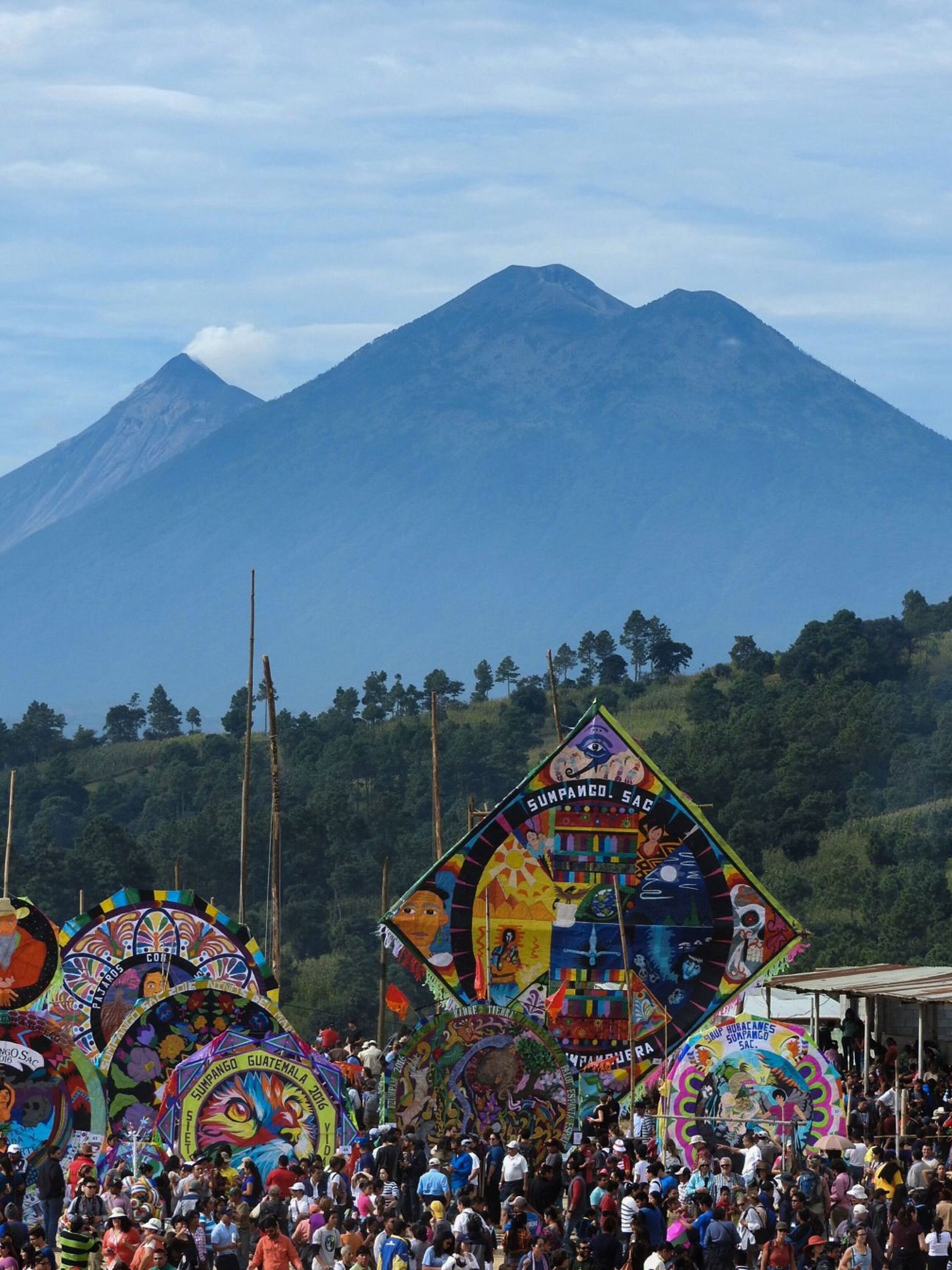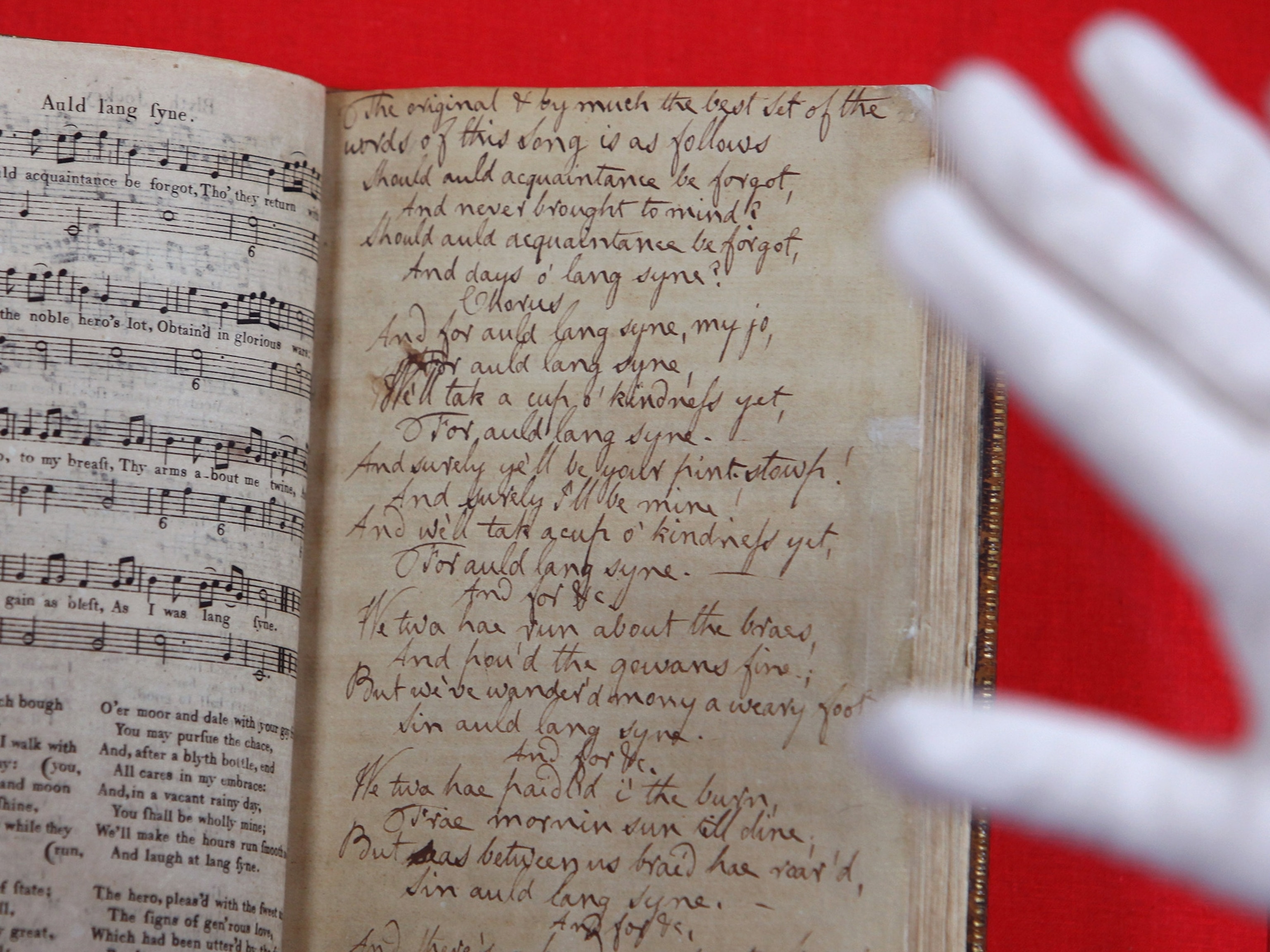

















See beautiful photos of Day of the Dead
These vibrant Día de los Muertos traditions honor the dead and remind the living of our fragility.
Día de los Muertos, or Day of the Dead, typically begins on All Saints Day, the first day of November. While most festivities combine indigenous and Catholic traditions, the Mexican holiday predates Catholic influence, originating from ancient Aztec festivals that venerated gods like Mictēcacihuātl, the powerful lady of the dead. Today there are as many places to celebrate as there are interpretations of the festival’s “new” signature lady, the feather-boa skeleton, La Catrina, originally painted by José Guadalupe Posada and reimagined by Mexican artist Diego Rivera in his 1947 mural “Dream of a Sunday Afternoon in Alameda Park.”
While every place incorporates different traditions (spicy rum in Haiti, baby-shaped bread in Ecuador) all festivities have one thing in common—a joyful and rich celebration of those dearly departed. This is a time for sharing funny stories about those who have passed, for eating your great-great-grandma’s favorite soup, for cleaning the graves, for dancing in the streets. Markets across Mexico spill over with sugary candy, copal incense, pricked paper banners, and mountains of bread. Everywhere, everything is flooded with marigolds.
If there is one festival motif it would be calacas and calaveras, skeletons and skulls. Children in skeleton face-paint chew sugary skull candy. Bone-shaped bread and skull maracas balance on tables between stacks of tiny ceramic skulls. Skull-shaped balloons are paraded through town behind costumed skeletons who dance their skeleton marionettes. Even the poems written for the festival are called calaveras, satirical little verses that joke to remind us that everyone, rich or poor, famous or unknown, is headed to the same fate—back to the soil, to bone, to ash.
Related Topics
You May Also Like
Go Further
Animals
- Octopuses have a lot of secrets. Can you guess 8 of them?
- Animals
- Feature
Octopuses have a lot of secrets. Can you guess 8 of them? - This biologist and her rescue dog help protect bears in the AndesThis biologist and her rescue dog help protect bears in the Andes
- An octopus invited this writer into her tank—and her secret worldAn octopus invited this writer into her tank—and her secret world
- Peace-loving bonobos are more aggressive than we thoughtPeace-loving bonobos are more aggressive than we thought
Environment
- This ancient society tried to stop El Niño—with child sacrificeThis ancient society tried to stop El Niño—with child sacrifice
- U.S. plans to clean its drinking water. What does that mean?U.S. plans to clean its drinking water. What does that mean?
- Food systems: supporting the triangle of food security, Video Story
- Paid Content
Food systems: supporting the triangle of food security - Will we ever solve the mystery of the Mima mounds?Will we ever solve the mystery of the Mima mounds?
- Are synthetic diamonds really better for the planet?Are synthetic diamonds really better for the planet?
- This year's cherry blossom peak bloom was a warning signThis year's cherry blossom peak bloom was a warning sign
History & Culture
- Strange clues in a Maya temple reveal a fiery political dramaStrange clues in a Maya temple reveal a fiery political drama
- How technology is revealing secrets in these ancient scrollsHow technology is revealing secrets in these ancient scrolls
- Pilgrimages aren’t just spiritual anymore. They’re a workout.Pilgrimages aren’t just spiritual anymore. They’re a workout.
- This ancient society tried to stop El Niño—with child sacrificeThis ancient society tried to stop El Niño—with child sacrifice
- This ancient cure was just revived in a lab. Does it work?This ancient cure was just revived in a lab. Does it work?
- See how ancient Indigenous artists left their markSee how ancient Indigenous artists left their mark
Science
- Jupiter’s volcanic moon Io has been erupting for billions of yearsJupiter’s volcanic moon Io has been erupting for billions of years
- This 80-foot-long sea monster was the killer whale of its timeThis 80-foot-long sea monster was the killer whale of its time
- Every 80 years, this star appears in the sky—and it’s almost timeEvery 80 years, this star appears in the sky—and it’s almost time
- How do you create your own ‘Blue Zone’? Here are 6 tipsHow do you create your own ‘Blue Zone’? Here are 6 tips
- Why outdoor adventure is important for women as they ageWhy outdoor adventure is important for women as they age
Travel
- This royal city lies in the shadow of Kuala LumpurThis royal city lies in the shadow of Kuala Lumpur
- This author tells the story of crypto-trading Mongolian nomadsThis author tells the story of crypto-trading Mongolian nomads
- Slow-roasted meats and fluffy dumplings in the Czech capitalSlow-roasted meats and fluffy dumplings in the Czech capital




